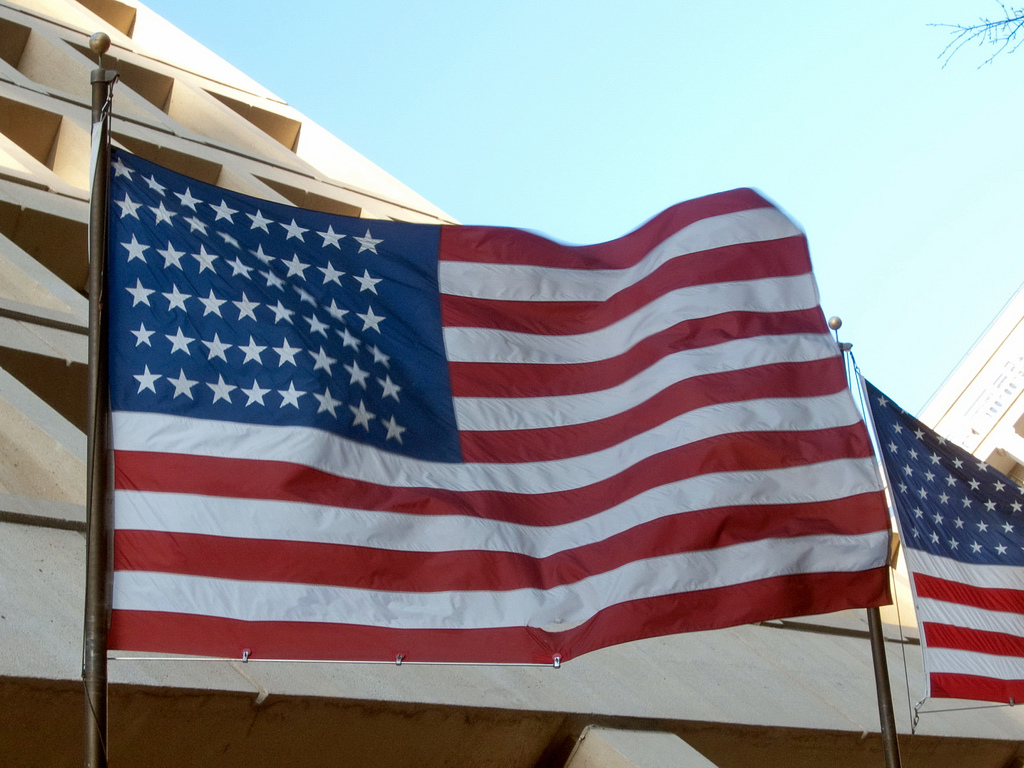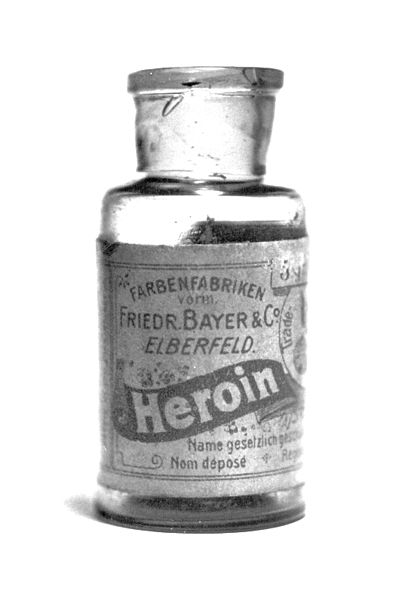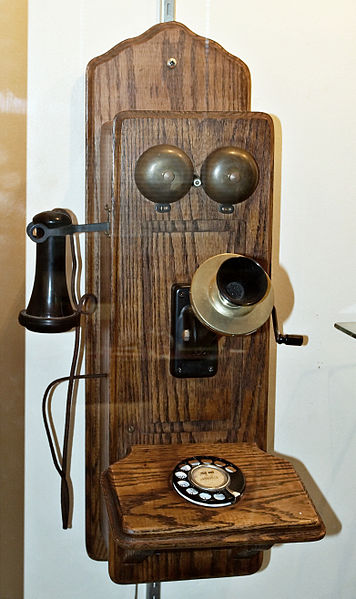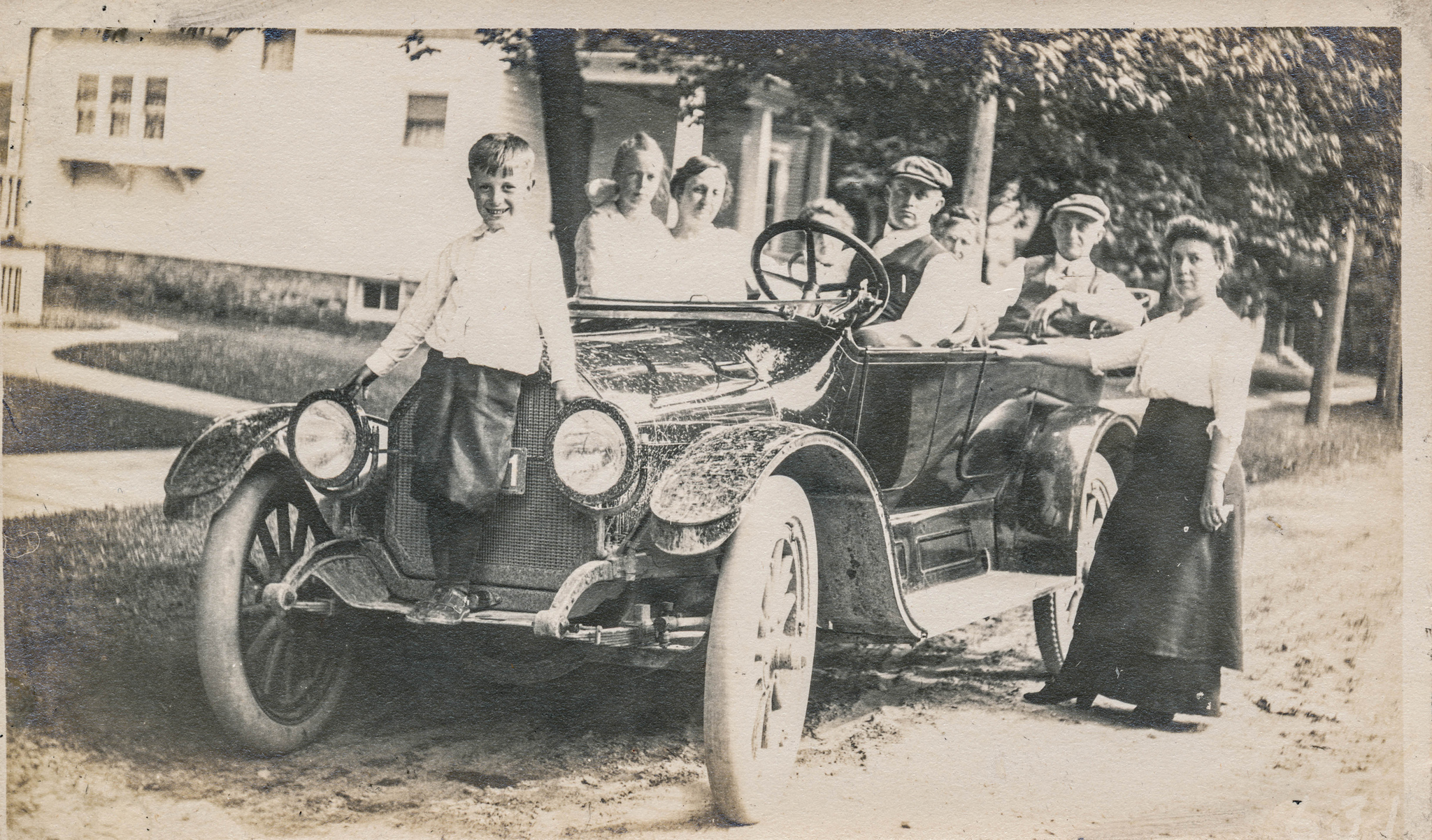As the year winds down, it's common to reflect on the past.
What have you done this year? What were you proud of, and what would you have done differently? Or maybe your reflections go a little deeper.
When you think about the upcoming year, it might be hard to believe just how much times have changed already — as with these customs from a simpler time. And 100 years ago, the people celebrating 1916 couldn't have possibly imagined some of the things we take for granted today.
We found a list in Tower magazine highlighting some of the ways that people lived exactly 100 years ago — in 1915. Naturally, they considered life completely normal, but looking back on it, some of it seems extremely surprising.
Some of the differences are huge — like women being unable to vote or World War I raging in Europe — but some are much smaller. Very likely, the people of 1915 would be pretty amazed by the trends and lifestyles that would come later on in the 20th century.
Scroll through below for some of the ways that life was different 100 years ago, and to see how much we've changed. Just imagine what things might look like 100 years from now!
1. There were only 48 stars on the flag.

Life was very different 100 years ago, but maybe not quite so different as to be immediately obvious.
Some of the differences were subtle, like the fact that the U.S. flag only had 48 stars. The 48-star flag was adopted in 1912, and would be used until 1959, when Alaska and Hawaii joined the union — making it the longest-used flag at the time at 47 years in use.
Today's 50-star flag has outpaced it at 56 years.
2. Only a small percentage of Americans had a high school diploma.

Education was very different, too, and nowhere near as universal as it is today. In 1915, it's estimated that only about 6 percent of Americans graduated from high school.
Even more alarming was that many doctors were not even college graduates, but instead went to medical schools that were, even in their time, considered substandard and criticized by the government and the press.
3. You could get heroin, morphine, and marijuana at the local pharmacy.

And speaking of questionable medical practices, in 1915, you could get pretty much any drug over the counter at your local pharmacy — including heroin and morphine.
In fact, heroin was considered a "wonder drug" at the time for its remarkable ability to ease pain and improve mood. Its horribly addictive qualities would get it outlawed later.
4. But you might not have been able to get shampoo!

Beauty habits were a little different, too. While commercial shampoo was available, many women made their own at home from a mixture of egg yolks and borax — and many of them only washed their hair once a month.
5. Makeup was becoming more popular — and accepted.

Makeup also became popular during this period. Prior to this, during the Victorian period, makeup was seen as vulgar and associated with prostitutes. But by 1915, makeup was becoming more acceptable, and soon became the lucrative business it is today.
Actresses like Theda Bara popularized dark, heavy eye makeup for a "vampy" look.
6. A bathtub was a rare luxury.

And speaking of bathing, full-size bathtubs were much less common than they are now, and were only available to the wealthy. Most people made due with a wash bucket. It's estimated that only about 14 percent of homes had tubs.
7. Phones were an even rarer luxury.

Other things we take for granted were also far less common. Telephones, which are now everywhere thanks to mobile technology, weren't even found in people's homes.
Only about 6 percent of homes had a private phone, and they were considered cutting-edge. Many towns only had one public phone, often at a general store, and people had to share it.
8. You might not even recognize some now-major U.S. cities.

Cities were a lot different, too. Las Vegas today conjures images of crowds and lights, but in 1915, it was very different.
Between 1900 and 1920, the population jumped from only 22 to 2,300, meaning that in 1915, this Nevada town was pretty empty.
9. Life moved a lot slower.

Life moved at a different pace, too — and in the case of traffic, that's a literal statement. Automobiles were still relatively new, having been introduced only 11 years prior. Many still used horses and carriages to get around, with speed limits far below what we're used to.
The average speed limit in most towns was 10 to 15 miles per hour, and that was considered dangerously fast! This is also when speeding tickets (and road rage) started emerging.
10. Mother's Day was celebrated, but not Father's Day.

By 1915, Mother's Day had been an established holiday for one year, but you wouldn't have seen Father's Day.
However, fathers were unofficially celebrated since 1908. The movement to make Father's Day a national holiday was repeatedly turned down for decades until dads finally got their due in 1972.

1915 was certainly a different time, and things have certainly changed. Whether they've gotten better or worse is up for debate, but at least we can wash our hair more than once a month!
What do you think will make a list like this in 2115? Let us know in the comments.
Please SHARE this look back that helps put the New Year in perspective!




